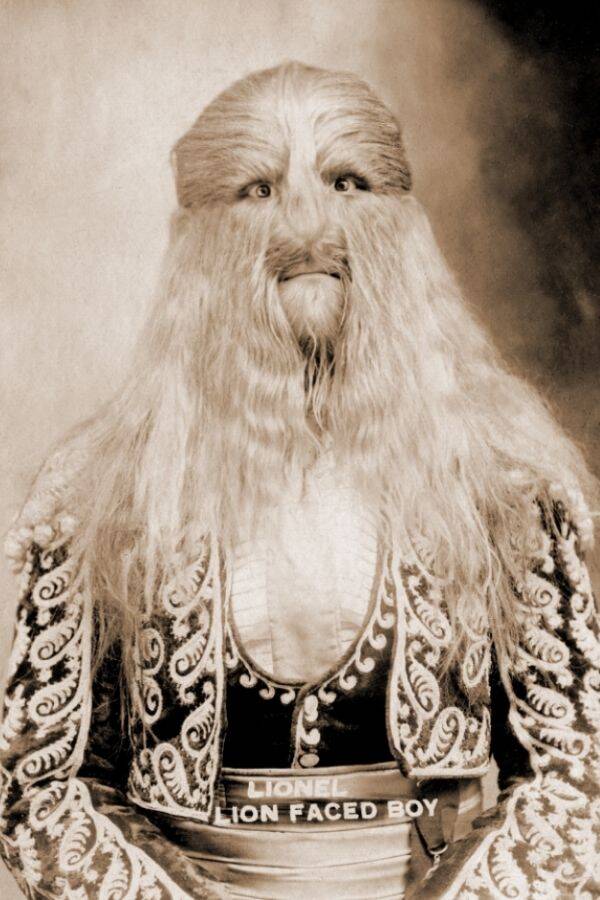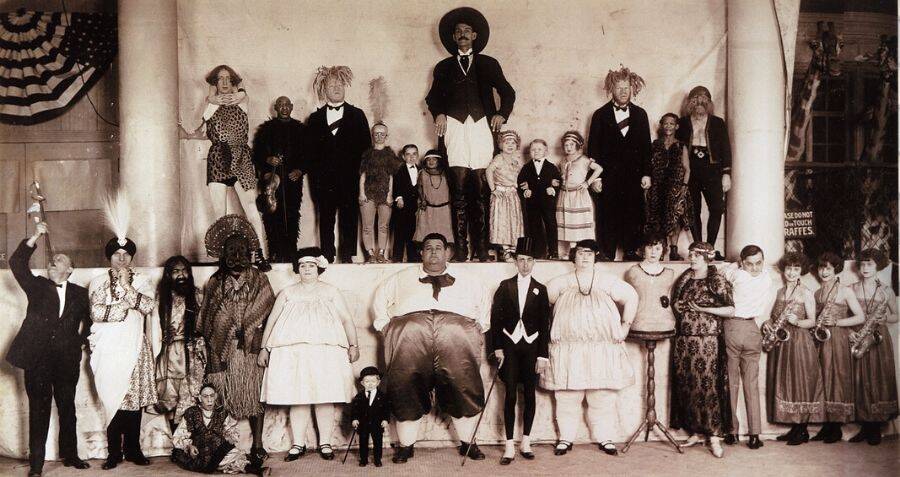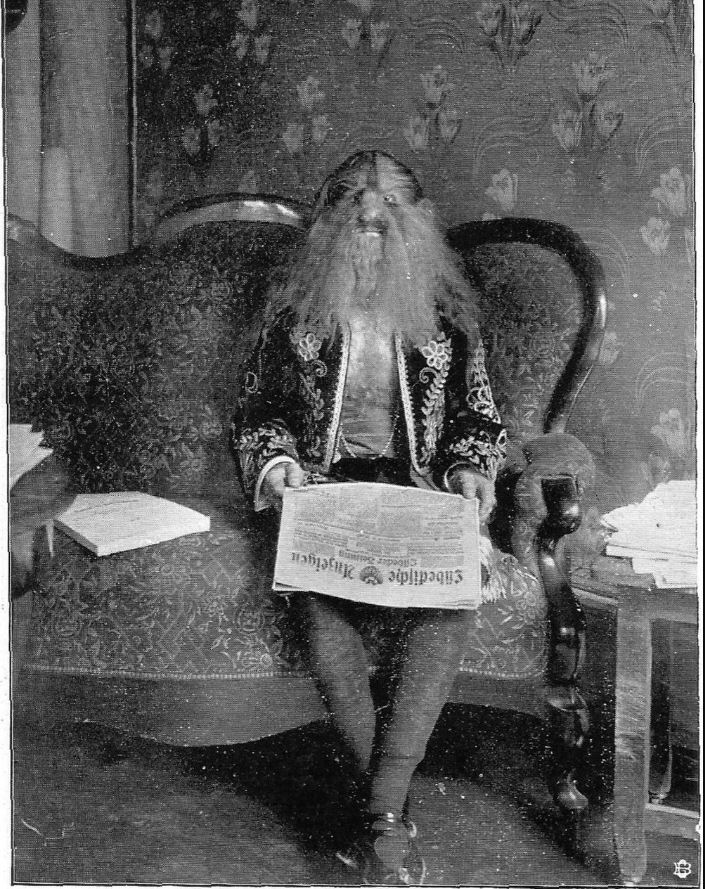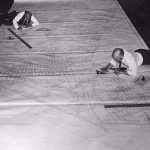Freak shows have always fascinated people, drawn to the mysteries of the unusual and the allure of extraordinary talents and physical traits.
When the Barnum & Bailey Circus joined forces with the Ringling Brothers in 1919 to form “The Greatest Show on Earth,” audiences were treated to a spectacle that mesmerized and entertained.
These shows showcased rare biological marvels, captivating crowds with their uniqueness and sparking public curiosity.
One of the standout performers was Stephan Bibrowski, famously known as “Lionel the Lion-Faced Man.” Let’s uncover the captivating story of this remarkable performer.
Destined To Become The Lion-Faced Legend

Stephan Bibrowski spent much of his life performing in Barnum & Bailey’s “freak show,” which toured worldwide and made him famous.
However, little is known about his personal life. Most details come from first-hand witnesses and Francine Hornberger, a specialist in freak shows.
Stephan, also known as “Stefan,” was reportedly born in 1890 in Warsaw, Poland, with hypertrichosis, causing excessive hair growth.
People with hypertrichosis, or “werewolf disease,” experience hair growth on parts of their bodies that aren’t typically covered in hair. Other well-known sideshow performers like “bearded ladies,” “wolf men,” or “Jojo the Dog-Faced Boy” are examples of those extreme cases.
His mother, Benedetta, believed witnessing her husband’s death by a lion during pregnancy caused Stephan’s condition.
At 4, she sold him to circus manager Sedlmayer, who named him “Lionel the Lion-Faced Boy” and showcased him across Europe.
Bibrowski In Barnum & Bailey’s World-Famous Circus

Stedlmayer brought Stephan Bibrowski to the US in 1901 when Stephan was around 11 years old. They displayed him at sideshows along the new piers and boardwalks on the East Coast.
Lionel and his long hair were the main attraction each night. One night, while performing, Barnum & Bailey scouts noticed him.
They made a deal with Stedlmayer, and Stephan, still called “Lionel,” became the newest star of Barnum & Bailey. His act evolved, and instead of just staring at Stephan’s unique condition, people watched his acrobatics.
For the next 19 years, he toured the world with the Barnum & Bailey Circus, performing alongside other “sideshow freaks.”
Unlike many other performers who avoided the audience, Stephan loved interacting with them. Despite his young age, he was charming and enjoyed chatting with people.
“The Greatest Show On Earth”

Following the 1919 merger of Ringling Brothers and Barnum & Bailey Circus, Bibrowski’s fame soared. Alongside his fellow performers, he dazzled audiences with breathtaking acrobatics, wild animals, and extraordinary curiosities.
“The Greatest Show on Earth” had a dark side, featuring people with disabilities as “sideshow freaks.” Bibrowski was one of them, with hair at least two inches long covering his body. He was marketed as “half-man, half-lion.”
Sideshow performers often faced exploitation, displayed by men who were essentially con artists. These performers were cleverly marketed as outcasts given new life by the circus.
Despite this, Stephan Bibrowski genuinely enjoyed his fulfilling career in carnival life.
Stephan’s thirst for knowledge persisted. He spoke five languages and aspired to become a dentist after his circus career. Yet, to most, he remained just another “freak” in the lineup.
The Hidden Side Of The Lion-Faced Man

While there are few reliable records of his performances, numerous rumors about the Lion-Faced Man continue to circulate. Some suggest that Bibrowski’s mother never abandoned him and supported his performing career.
At the age of 30, Stephan settled in New York and performed at a pop-up on Coney Island. Here, beyond his stage persona, the real Stephan emerged. In this intimate setting, he mingled with the crowd, surprising paying customers.
Contrary to the aggressive image promoted by showmen, Stephan was actually kind, gentle, and remarkably intelligent. People often forgot about the hair covering his body once they talked to him and saw his gentle nature.

Stephan took pride in his unique condition; it made him feel extraordinary. His hair was eight inches long on his head and about four inches elsewhere. He cherished it and considered it a part of what made him special.
In a memorable incident at a New York hotel, a fire broke out. Stephan quickly evacuated because he feared any damage to his long locks might diminish his distinctiveness.
By the late 1920s, Stephan retired and moved to Germany. Sadly, he passed away in Berlin from a heart attack in 1932 at just 41 years old. Though his dream of becoming a dentist went unfulfilled, he remains remembered for his unique act and ability to connect with audiences.


